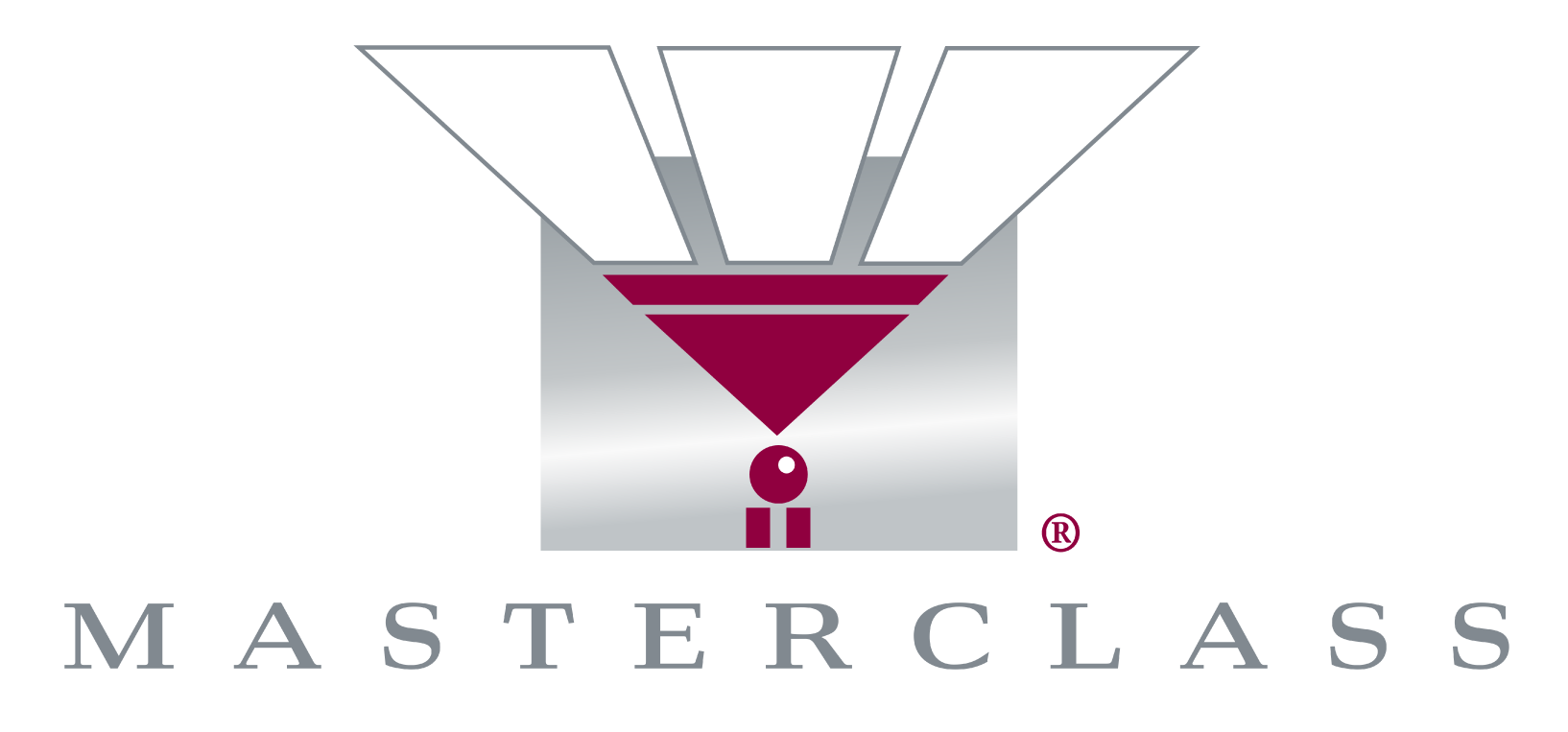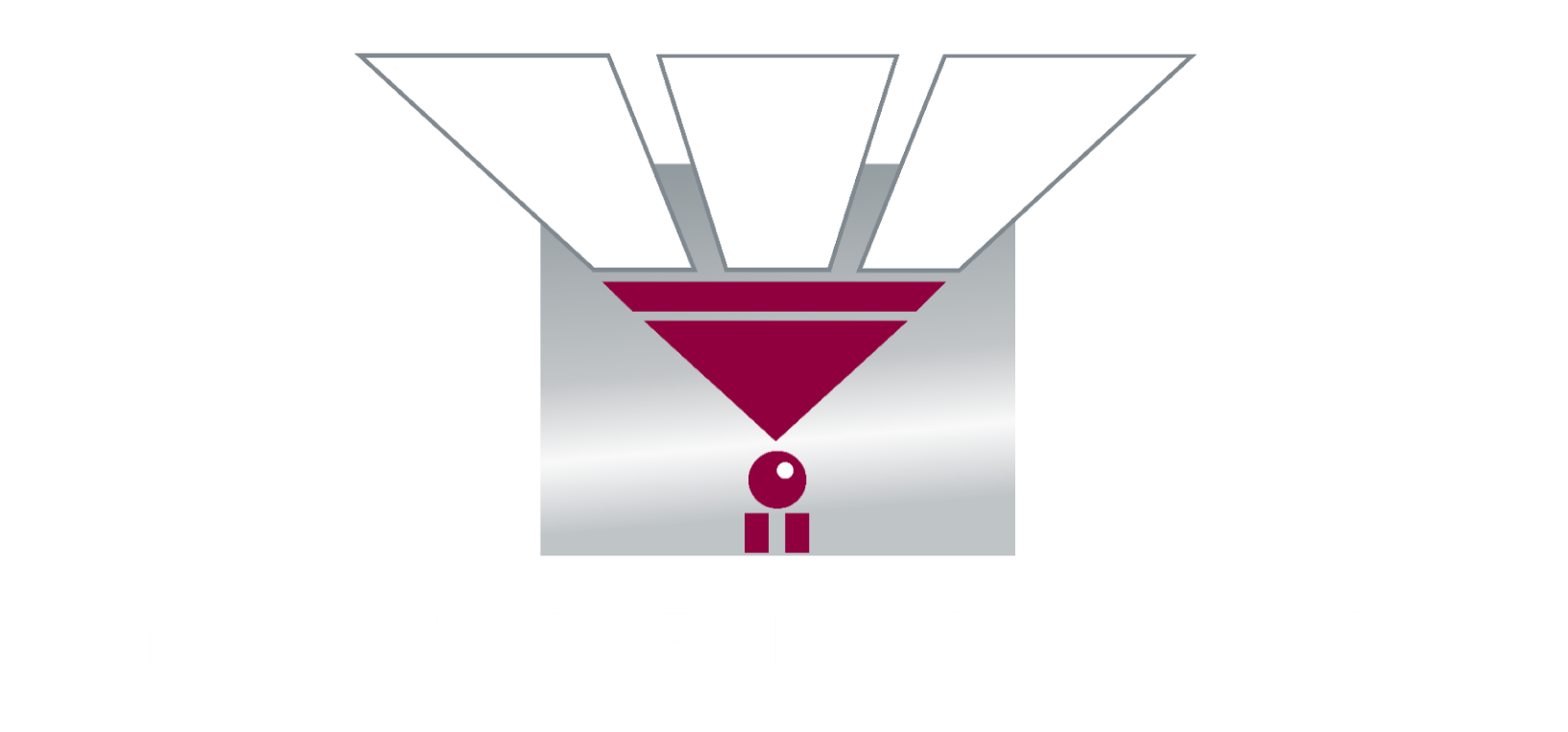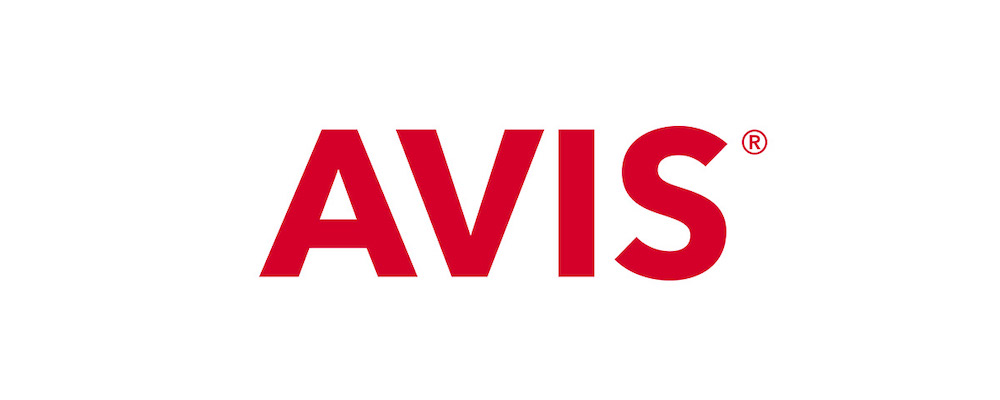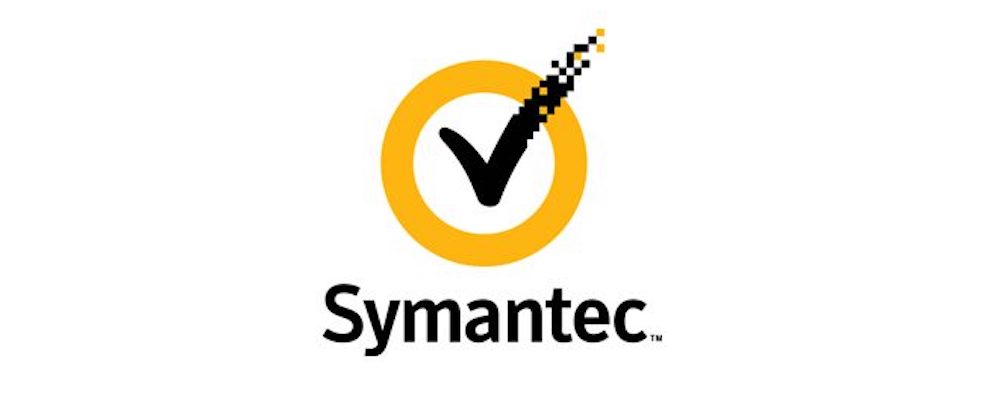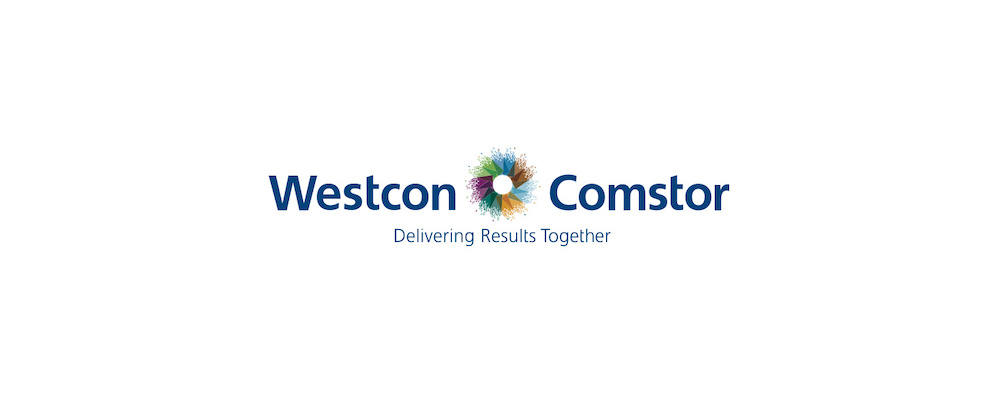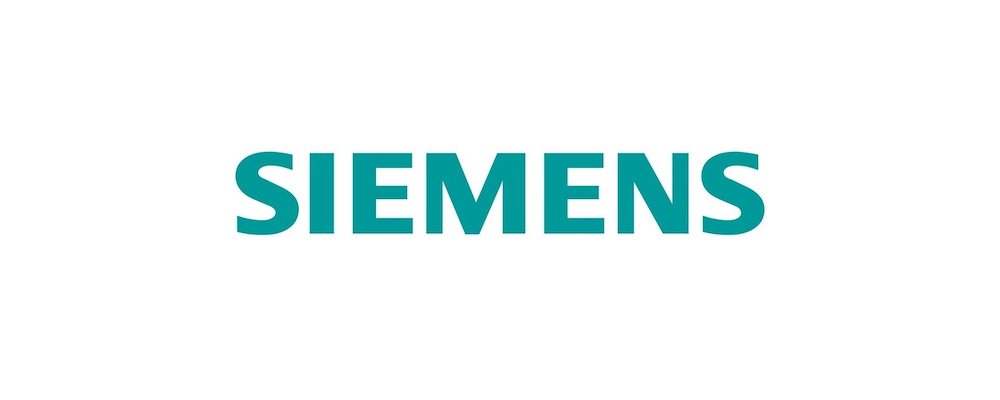
Siemens Shared Services
Competency: it’s a family affair at Siemens Shared Services
Siemens Shared Services has developed a competency framework linked to its appraisal process that enables employees to see ways that their careers can develop through “job families” and gives managers a powerful tool for monitoring progress.
In 1999, several disparate Siemens corporate functions were amalgamated to form Siemens Shared Services (SSS). The company operates as a profit-centre within the wider group and provides a portfolio of non-core services spanning HR, accounting, infrastructure management, logistics and professional and purchasing services. By focusing on improving efficiency, quality of service and cost minimisation, SSS aims to deliver worldclass solutions to internal and external customers, allowing them to focus on their own core services.
From the outset, managing director Jürgen Maier was determined that, to maximise the usage of SSS by other Siemens group companies, the nature and purpose of the company must be clearly defined. In a two-day workshop with the heads of business, the vision, values and objectives of the company were conceived. These were to form the basis of a competency framework for SSS.
In uniting more than 150 very different job descriptions under the framework, the HR department faced a major challenge. Business development manager and former HR officer Claire Bray explains: “There was no existing culture to bring the different, and previously autonomous, components of SSS together.
However, we did have a foundation, in the form of the newly created vision and values, so we took the keywords from that and developed a series of competencies.”
These are:
- continuous improvement;
- enthusiasm and self-motivation;
- flexibility;
- creativity and innovation;
- customer focus;
- empowerment, delegation and coaching;
- decision-making and problem-solving; and
- communication.
SSS uses an employee appraisal process called the Staff Dialogue to evaluate individual performance. But the results of a 2001 employee opinion survey clearly indicated that many employees did not find the Staff Dialogue worthwhile and revealed that some employees had never been appraised before. As in many organisations, objectives set at the time of appraisal might not have been looked at again until the personnel department chased managers for Staff Dialogues to be completed the following year. In addition, objectives set were not always properly defined, contrary to SMART (Strategic, Measurable, Achievable, Relevant, Time dependent) practice. Some feedback also showed that employees felt the process was rather onesided, with managers simply telling employees how they thought they had performed.
Claire Bray points out that the appraisal process had deliberately been called a “dialogue” to indicate that it should involve genuine two-way communication: “It is actually the individual who owns the Staff Dialogue, not the manager, who is there primarily to facilitate it and to coach and mentor the employees for whom he or she is responsible. We wanted to give both managers and employees the tools they needed to prepare themselves for the Staff Dialogues, and therefore, get the most out of them, as objectively as possible.”
The HR team re-read the previous year’s Staff Dialogues, and found two main problem areas.
Objectives tended to focus on technical objectives, and managers were not looking at training and development needs in terms of behavioural competencies. In some cases, the “softer” skills and objectives being set were not distinct. When people came back to discuss whether they had achieved those objectives or not, in quite a few cases they had not, because they had not properly understood them.
With the competencies now defined, it was possible to link them to jobs. To simplify the task, jobs were allocated to job families, within which most jobholders could see a career development path upwards and thence across into other families, as long as the right competency levels were in place. Five job families were created:

- secretarial – supporting the work of one or more managers or specialists;
- operative – dealing with physical resources, eg inventory;
- administration – processing paper and/or electronic transactions;
- managerial – managing the resources of the organisation to achieve business goals; and
- specialist – providing advice and/or a service that draws upon expertise in a professional field.
Claire Bray observes: “We involved jobholders in the process of defi ning the job families because we wanted to ensure that introducing a competency framework got their buy-in and made sense to them. Each job family contains a career development path, with differing levels for each of the behavioural competencies. Thus, an assistant controller only needs to achieve level 2 in communication, for instance, while a manager must reach level 4.”
When it came to the job descriptions, Claire Bray and her colleagues faced another challenge: “We had a look at all the draft job descriptions and realised not everybody had one. If they did, sometimes there were several for the same job; or there was no consistency in the way they were written and formatted – and consistency is one of our core values. So, while tidying up the job descriptions, we incorporated the various technical and behavioural competencies into them. Previously, we didn’t really have defined behavioural competencies, or they would have been seen as part of employees’ key skills.”
At this point, Claire Bray and her colleagues started to realise just how much work was going to be involved and, more importantly, that they didn’t have the necessary expertise within their department. She comments: “Fortunately, I had been along to one of the HR forums organised by training and recruitment consultancy Masterclass and law firm Boyes Turner. I had been very impressed by presentations from Masterclass director Isobel Rimmer and her colleagues, so I contacted the company – and one other consultancy – to discuss what we wanted to achieve. With two quotes and project proposals submitted to us, we chose to go with Masterclass, because we felt that their designated consultant, Helen Bouchami, had the breadth of experience we needed, and had worked with similarly structured large businesses before.”
Helen Bouchami began her role in the project by running employee workshops to agree the job families and link the competency framework levels to them. Claire Bray observes: “As the workshops progressed, I was able to take over and run them myself. This was fortunate, because we felt the original competency framework, devised before Helen joined the project, wasn’t really working. Given Helen’s expertise, it made sense for her to spend time reviewing and redrafting the competency framework instead. So what we have now is actually quite different from where we started. We’ve always had the eight competencies and we’ve always had five levels, but the way in which the levels are defined has changed.” She adds: “I personally thought that was an excellent piece of work – Helen made it look very easy; turning the whole thing around within a day and a half, something that would have taken us far longer – and being an outsider, she took the politics out of it.”
Bouchami made other major contributions to the project, particularly the massive job of reworking the 150 job descriptions to harmonise them across the company. She also put together an online tool for managers – a “build a job description kit” – that provides templates from which to work and access to similar job descriptions. This allows new jobs that are not directly comparable to be accommodated within the job families and the competency framework.
Claire Bray emphasises the importance of the buy-in and support of Jürgen Maier and senior managers to the success of the new Staff Dialogue process: “If we developed something that didn’t have the support of our MD or heads of business, it would not ultimately succeed. Jürgen therefore tasks the heads of business to put certain metrics on their own balance scorecards. He will then have regular operational review meetings to see how the businesses are performing against the scorecards, which are broken down into the four quadrants of customers, process, finance and employees. Within the employees quadrant, heads of business have to report on how many Staff Dialogues have been completed and how many actions have been completed against set objectives. This is powerful, because it ensures that the Staff Dialogues are living documents that aren’t just pulled out once a year. If a head of business can only report 40% completion of the Staff Dialogues, then it’s going be very visible, both to peers and the MD.”

Reviewing the operation of the competency framework and the Staff Dialogues since the project was completed, Claire Bray comments: “It’s been working really well and all the job descriptions are now live on the company intranet. There were some technical problems early on, which wasn’t entirely unexpected, as the Staff Dialogue was originally a paper-based, word processor document. Now it’s in a highly automated spreadsheet. Within the spreadsheet, people can link to other items of information, such as their job descriptions, competency framework, development directory and guidelines.”
She adds: “We have put together a list of in-house and e-learning courses, books and activities that employees can use to develop themselves in a specific competency, which is an element of the balance scorecard. It’s been received very well, and from the completed Staff Dialogues I’ve seen, it is a vast improvement. This is because the Staff Dialogue has incorporated not only the behavioural competencies, but also the employee’s own evaluation of which levels have been achieved against them, together with supporting evidence.”
Completed Staff Dialogue forms are now automatically entered into the HR database, eliminating manual input. A management report to which the Staff Dialogues upload has also been created, so all a manager has to do is press an upload button and select the Staff Dialogues that are wanted in the report. The report clearly shows where people are performing, where the gaps are, who is exceeding required performance and what can be done to develop them further and help retain them. It also provides a training needs analysis, highlighting any areas of concern, particularly which employees have the biggest gaps in their performance and why, and what can be done to help them.
Claire Bray concludes: “I’m looking forward to the next employee opinion survey in August 2004, particularly to find out whether people now feel, as a result of taking part in the new Staff Dialogues, that it is a more worthwhile process. The feedback to date already suggests that they do, so we are confident the project has been a great success for our department, and that’s thanks in no small part to the work of Helen Bouchami and Masterclass.”
